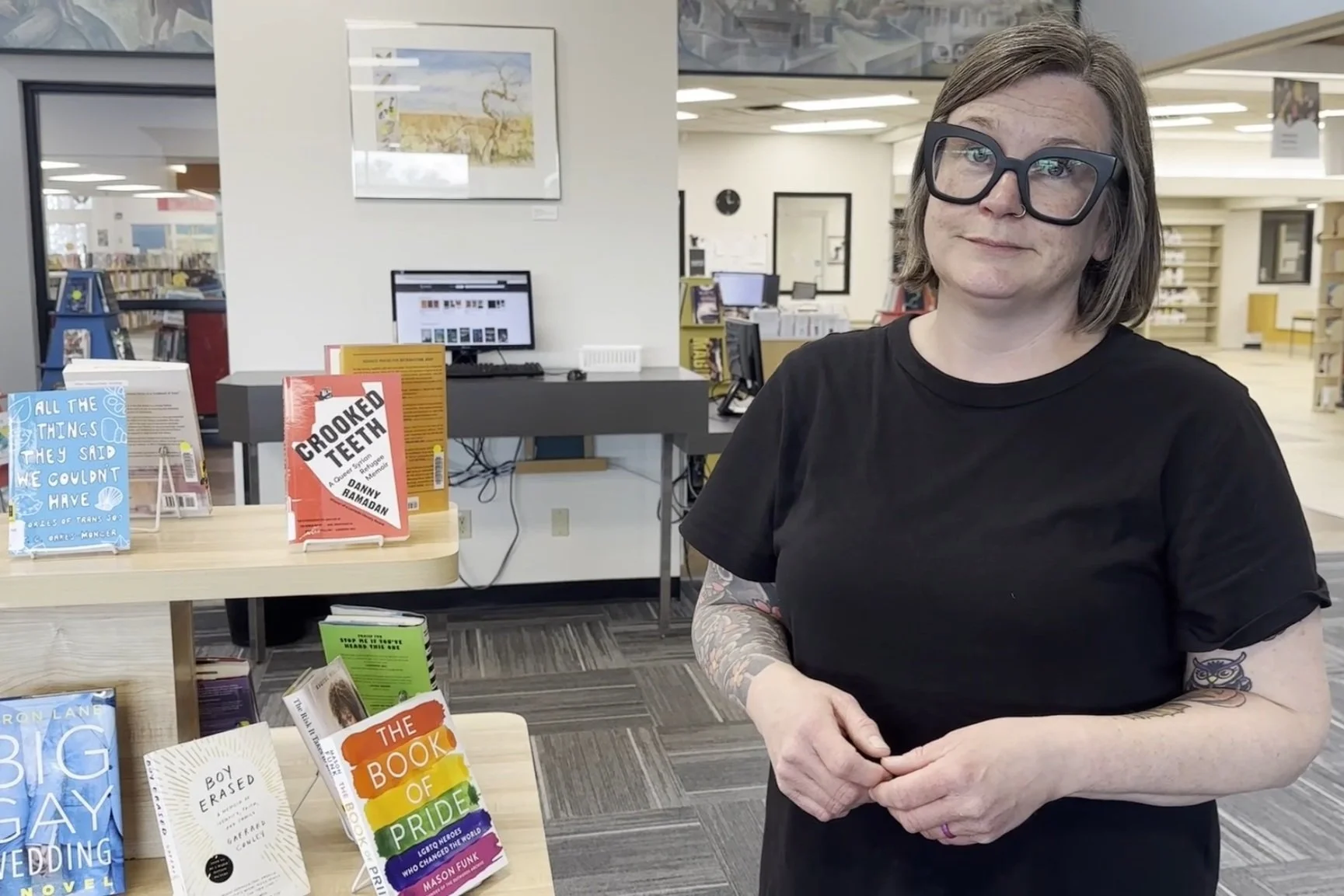Age-Appropriate Content in School Libraries & The Critical Role of Librarians
Cinderella
Disney - 1950
(Rated G)
Recent discussions about sexually explicit materials in Alberta’s K-12 school libraries have highlighted the distinct differences between public and school libraries, as well as the vital role of trained librarians in managing access to age-appropriate content.
Public vs. School Libraries: Key Differences
Public libraries, like the Medicine Hat Public Library, serve diverse audiences—from toddlers to seniors—and prioritize intellectual freedom, offering materials across a broad spectrum of topics. School libraries, however, cater specifically to students and must align with educational goals and developmental appropriateness.
Ken Fesser - MHPL
"I acknowledge the experience and the knowledge of the people who are designing the curriculums.” He also said “Don’t assume they [School library admin] have no idea what they are doing. "
While public libraries operate under policies like HR.15 Health and Safety and G.1 Code of Ethics, school libraries follow board-specific guidelines—or, in Alberta’s case, soon-to-be-implemented provincial standards.
The Challenge of K-9 Schools
A central question arises: How can K-9 schools control access to mature content? The answer lies in trained librarians. Unlike public libraries, where patrons self-select materials, school librarians curate collections tailored to grade levels and oversee student access.
"These are not simple situations, and people, really, genuinely on both sides are concerned about the wellbeing of children." Said Ken.
Kim Large, a local parent and LGBTQ advocate, adds: "You can control what your kid reads, but you can’t control what all kids read."
The Librarian’s Role: Expertise Over Bans
Alberta’s recent survey revealed that 42% of parents believe children should never access sexually explicit content in schools. Yet, as Canadian School Libraries noted in a May 26 statement, blanket bans ignore the nuanced role of librarians:
"Not every book in a school library is meant for every student. Schools need a range of age-appropriate resources... developed within the lens of the Canadian Charter of Rights and Freedoms."
Librarians assess materials based on curricular relevance, student needs, and community standards. For example, Blankets—a graphic novel flagged for explicit content—includes themes of abuse that may resonate with older students processing similar experiences.
"I have to make room for people I don’t necessarily think of first… People who need to be protected, you know?” Said Ken.
Cuts to Librarians: A Root Cause?
Alberta’s school libraries have faced years of cuts, with the Alberta School Library Association dissolving in 2024 due to dwindling support. Many schools now lack trained teacher-librarians, leaving collection decisions to non-specialists.
Moving Forward: Standards and Transparency
The province’s upcoming standards aim to provide consistency, but experts stress that solutions must include reinvestment in librarian positions. As Large notes: "The librarian isn’t going to send a student in grade 3 out the door with a graphic novel made for grade 9. That’s not what’s happening. They [UCP] are misleading parents."
Kim Large
Local LGBTQ Advocate
Without trained professionals, even the clearest guidelines risk being misapplied—or worse, politicized. Librarians remain the best safeguard to balance student safety, intellectual growth, and community values.



